Fast, powerful, and
1. The 15″ Guns Were Powerful!
With some of the most powerful battleships mounting guns of 406mm (16″) or 460mm (18.1″), battleships with guns of 381mm (15″) might seem somewhat lacking. However, the Littorio class battleships had some of the most powerful 15″ guns of the entire Second World War that actually exceeded larger calibre weapons in many regards.
The Littorio class were armed with the Cannone da 381mm/50 Ansaldo M134 naval gun. These 15″ weapons, designed and manufactured by the Ansaldo company, were incredibly powerful. Due to an exceptionally high muzzle velocity of almost 2800fps, these guns could fire their 1,951lb shells at ranges exceeding 26 miles (42.25km). Each Littorio class battleship was armed with nine of these potent guns carried in three triple turrets. These weapons allowed the Littorio class to compare favorably with their peers.
Compare this guns to some of their contemporaries during the Second World War:
| Littorio | Richelieu | Bismarck | Queen Elizabeth | North Carolina | |
| Gun: | 381mm/50 | 380mm/45 | 38cm SK C/34 | BL 15-inch | 406mm (16″)/45 |
| Rate of Fire | 1.3 rpm | 2rpm | 2-2.5rpm | 2rpm | 2rpm |
| Muzzle Velocity | 2,789fps | 2,723fps | 2,690fps | 2,458fps | 2,300fps |
| Range: | 46,220 yards @ 35 degrees | 45,600 yards @ 35 degrees | 39,589 yards @ 30 degrees | 32,500 yards @ 30 degrees | 36,900 yards @ 45 degrees |
| Shell Weight (AP) | 1,951lbs | 1,962lbs | 1,764lbs | 1,938lbs | 2,700lbs |
| Shell Weight (HE) | 1,817lbs | 1,949lbs | 1,764lbs | 1,938lbs | 1,900lbs |
| Armor Penetration at 20k yards | 16.5″ | unknown | 15″ | 11.7″ | 16.4″ |
From a ballistics perspective, the Italian 381mm/50 surpassed every other 15″ weapon of the Second World War. It even surpassed larger weapons such as the United States 16″ weapons and even outranged the massive 18.1″ guns of the Japanese Yamato by roughly 900 yards. This was largely due to a lighter shell and a high muzzle velocity. However, this did come at the cost of poor barrel life for the naval guns. In addition, some have stated that the guns suffered from accuracy issues due to dispersion. Recent information suggests that the accuracy issues were more the result of poor manufacturing.
In any regard, the powerful guns of the Littorio class were a serious threat to any battleship they might engage. Even with dispersion issues, the guns were
2. The Littorio Class made extensive use of Decapping Plates
The subject of decapping plates had long intrigued naval designers as a method of defeating incoming projectiles. Despite the research, most navies utilized them rarely if at all. Italy was a major exception as they conducted more research into the use of decapping plates than anyone else. They also heavily utilized decapping plates in the armour scheme of their Littorio class battleships.
What is a Decapping Plate?
Naval armour piercing shells relied on a cap (some use hardened steel, some use softer steels) fitted over the shell to penetrate armor. If this cap is removed or damaged in anyway, it could severely reduce the shell’s ability to defeat an armoured plate. A decapping plate was intended to damage or remove the shell’s cap, in effect “decapping” it. The decapping plate would be fitted in front of the main armor. It was hoped that it would decap an incoming projectile, weakening it and giving the primary layer of armor a better chance of resisting it.
The Italian Navy wanted to protect the Littorio class battleships from 380mm (15″)
The decapping plates of the Littorio class was a novel concept that was taken further than any other Navy during the Second World War. Thought later testing revealed that the decapping layer should have been slightly thicker to ensure that every incoming shell was decapped, the system was still sufficient to decap some shells. In addition, it was capable of withstanding lower calibre high explosive shells as well as shrapnel. Overall, the system was unique and without equal.
3. The Torpedo Defense System was Relatively Effective.
A majority of battleships during the Second World War utilized a torpedo defence system comprised of several layers of bulkheads designed to resist enemy torpedo attacks. The Italian Navy went in a completely different direction with their unique design, the Pugliese torpedo defence system.
Named for its designer, Umberto Pugliese, the system was defined by its innovative pair of cylinders than along the side of the hull. This outer cylinder was intended to contain the blast from an explosion and direct it to the inner cylinder. The inner cylinder would then be crushed by the explosion of a mine or torpedo, absorbing the majority of the blast and sparing the rest of the ship. Even areas that did suffer flooding were ingeniously designed to channel the water to the bottom of the ship’s hull, reducing any detrimental effects to stability. The system was relatively compact (In that it didn’t protrude outside the hull very far) and did not require as much material as a multi-layered torpedo defence system.
Amazingly, Pugliese began designing this system towards the end of the First World War, making for an advanced design at a time when most navies were using ad-hoc measures such as bulges fitted to the hull. Unfortunately, the legacy of the Pugliese system has become somewhat tarnished due to claims of underwhelming performance during the Second World War. Most of these claims stem from the British attack on Taranto where three ships equipped with the Pugliese system, one of which was Littorio, were torpedoed. This resulted in damaged and the ships were forced to undergo repairs. However, two of the three ships were torpedoed outside of the torpedo defence system. Littorio, the only ship to be torpedoed in her Pugliese system, actually handled the explosion fairly well and the system did withstand the blast. In fact, there was only one recorded case where the Pugliese system failed after
Taking all that into consideration, the Pugliese system was not as bad as most have deemed it. In fact, the system handled itself remarkably well, especially considering that the system had roots that began during the First World War. While the system might not be perfect (No design ever is), the Pugliese system is another example of Italian naval innovation.
4. The Littorio Class Enjoyed Exceptional Firing Arcs.
A unique and defining feature of the Littorio class battleships was height of thier aft 381mm turret. This turret was raised some 10′ over the main deck, placing it at about the same height as the second superfiring turret. This arrangement was completely unique to the Littorio class and was not seen on any other battleship in service during the Second World War. At first glance this layout would seem to add substantial topweight to the battleship. However, this arrangement did provide substantial benefits that no other battleship had.
Due to the height of the aft 381mm turret, it could fire over the 152mm secondary gun turrets. The aft section of the ship’s superstructure, as well as the location of the mainmast, was specifically placed to not interfere with the turret. This allowed the aft turret to attain an incredible firing arc of some 320 degrees around the battleship. This allowed the Littorio class to fire full broadsides at targets so long as they were more than 20 degrees off the bow. This gave the Littorio class the ability to fire all nine of her guns while chasing a target. No other battleship enjoyed this ability, giving the Littorio class an advantage that was theirs alone.
Some publications state that the height of the aft turret was also to provide a level of safety to her embarked aircraft. However, this is probably not accurate. While it might have given the battleship’s aircraft some additional working room on the quarterdeck, they would have most certainly not been safe from the tremendous muzzle blast of the 381mm/50 guns.
5. Three Rudders helped Prevent a Loss of Steering
Rudders had always been the Achilles heel of battleship design. No matter the size or armo
In response to this issue, Italy introduced a rudder layout that only they ever fitted to a dreadnought. A single main rudder was supported by two auxiliary rudders for a triple rudder layout. The auxiliary rudders were mounted just after the outer screws, some 25m (82′) ahead of the main rudder. This layout prevented a single torpedo from damaging all three rudders. In addition, it seems that two rudders were sufficient to manoeuvre the battleship even with one rudder inoperable.
The only instance of this occurring happened on March 28, 1941. Vittorio Veneto was torpedoed by a British aircraft. The torpedo damaged the outer port shaft and severed the screw. In addition, her port auxiliary rudder was jammed. Though initially dead in the water, quick repairs allowed her to depart the area on only her starboard engines. In addition, she still retained the ability to manoeuvre as her starboard auxiliary rudder and
Though no navy ever found a way to protect the rudders from damage, Italy found a way to help their battleships retain steering through simple redundancy. The triple rudder layout was unique to the Littorio class and for all intents and purposes appears to have largely been a success. While the auxiliary rudders, due to their placement on the outer reaches of the hull, might have been somewhat more vulnerable to damage, they were still supported by two additional rudders. Overall, it would appear that the Italian Navy had figured out a way to better protect the ship’s steering than any other navy during the Second World War.
Final thoughts on the Littorio Class Battleships
It is almost sad that such a thoughtfully designed ship is often criticized by so many. Sure the Littorio class might not have had the same impact on the Second World War that other battleships did. They also didn’t have the same lasting legacy to their names such as Yamato or Bismarck did. However, an examination of their design reveals that they were well thought out and excellent designs. Most of the faults attributed to them were due to factors outside of their actual design. For this reason, I hope that more people read up on these designs and their excellent features for the Littorio class were, in many ways, more unique than any other battleship.
Sources:
- Naval Weapons of World War II By Campbel
- Italian Battleships of WW2 by Mark Stille
- NavWeaps.com (http://navweaps.com/)
- The Littorio Class: Italy’s Last and Largest Battleships By Ermingo Bagnasco (The best book on the class in my opinion!)
Further Reading and Other Links
Want to follow Navy General Board on Social Media? Check us out on the platforms below!
- YouTube
- The Navy General Board Forum
- Want to help the site continue to expand? Support us on Patreon.
More Great Articles
Enjoy reading about the biggest battleship? Check out some more great articles below!
The Fastest Warships of World War II
Life aboard a US Navy Battleship During the Korean War.
The Largest Cruisers of World War II
Five Great Features of the Yamato Class Battleships
Check out Awesome Guest Articles!

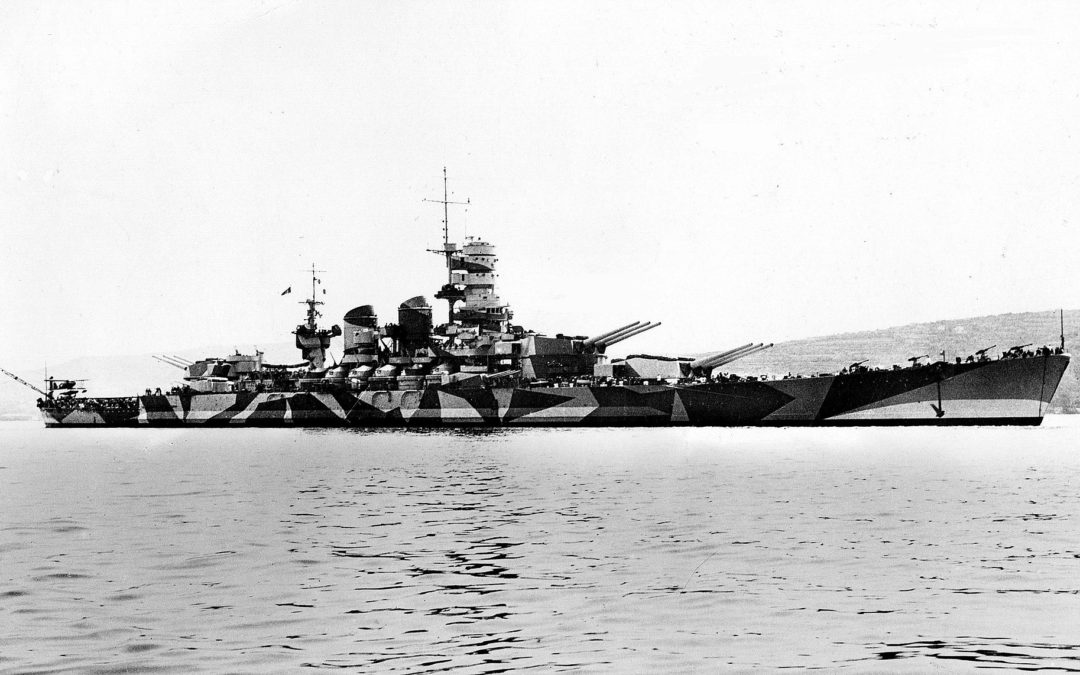
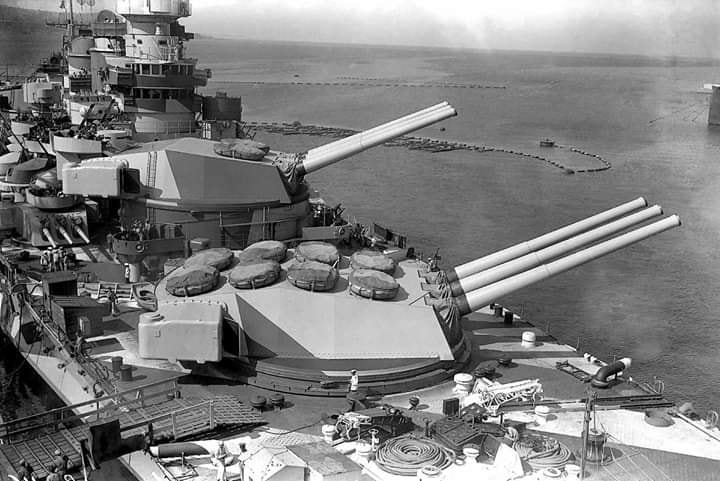
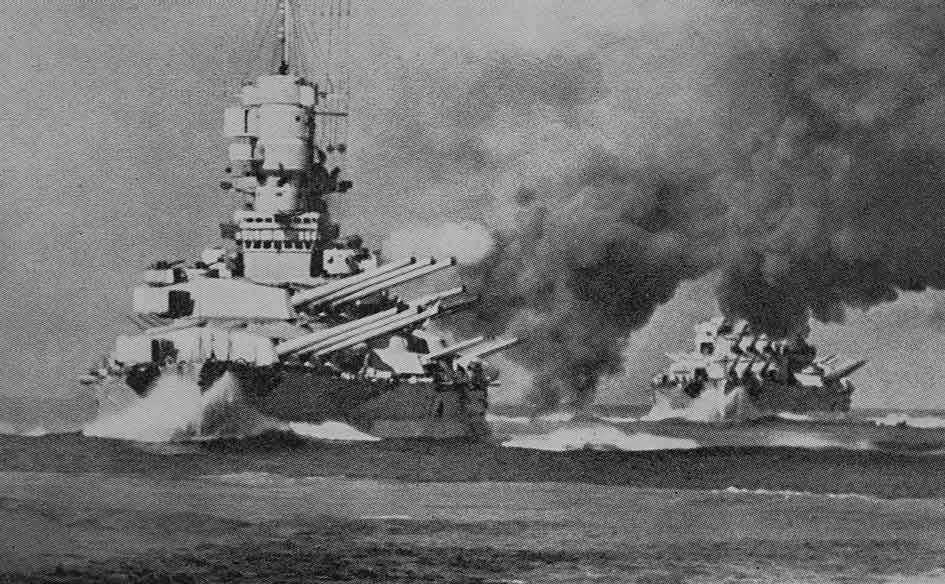
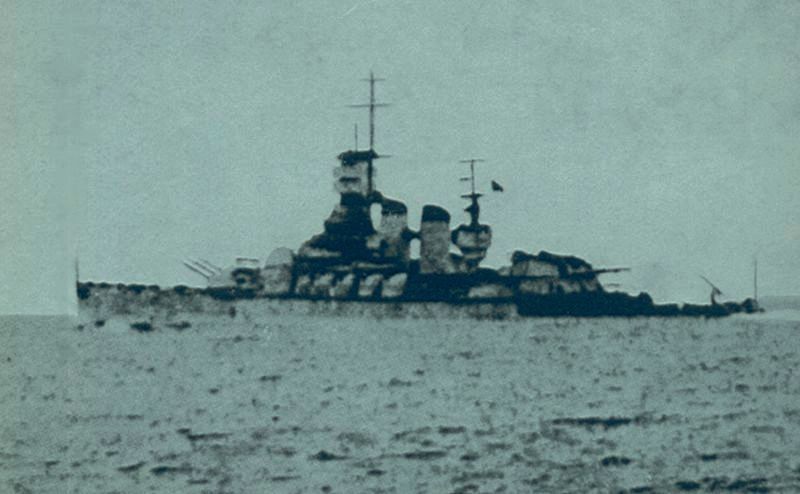
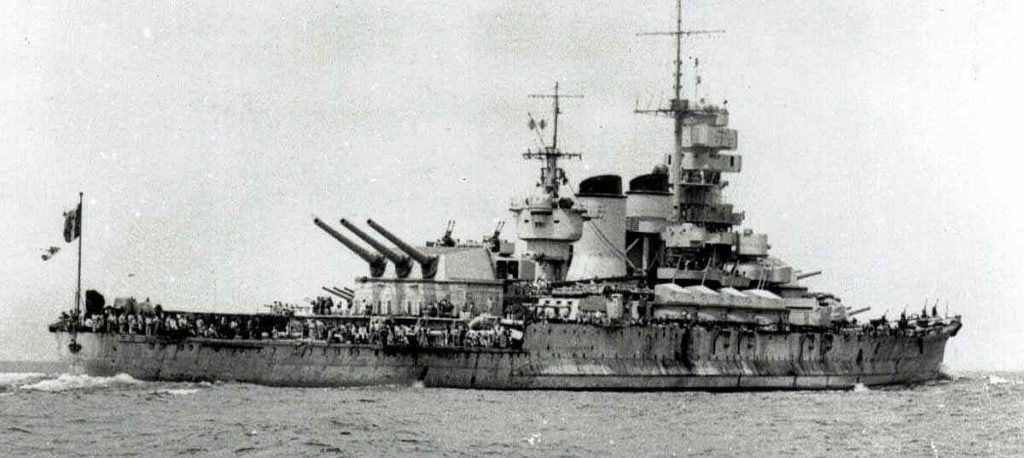
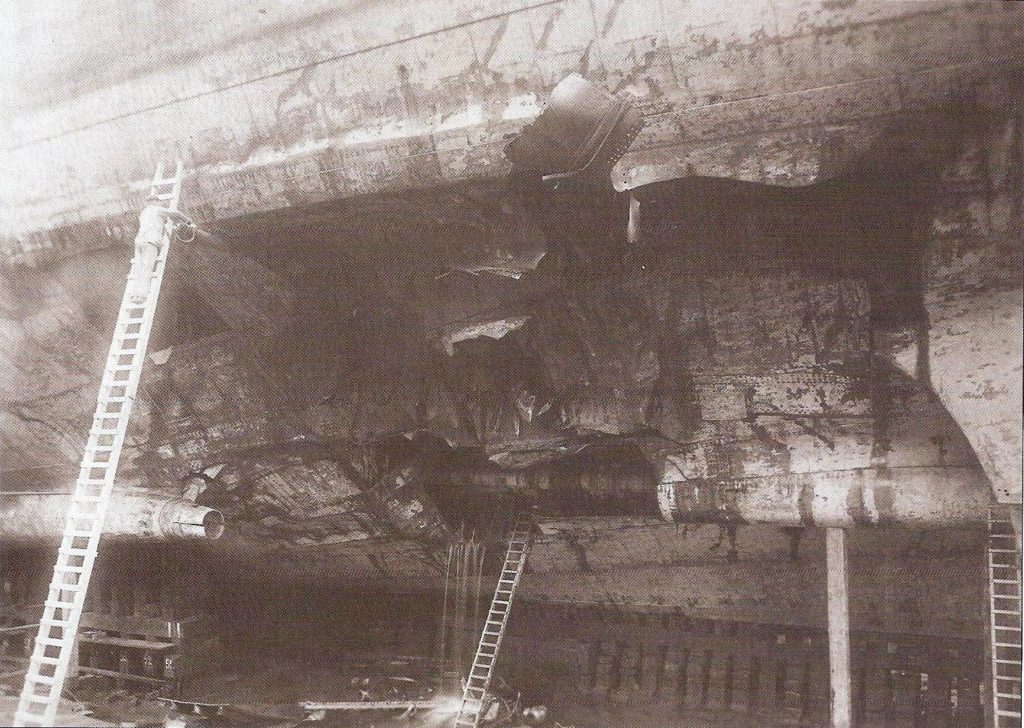
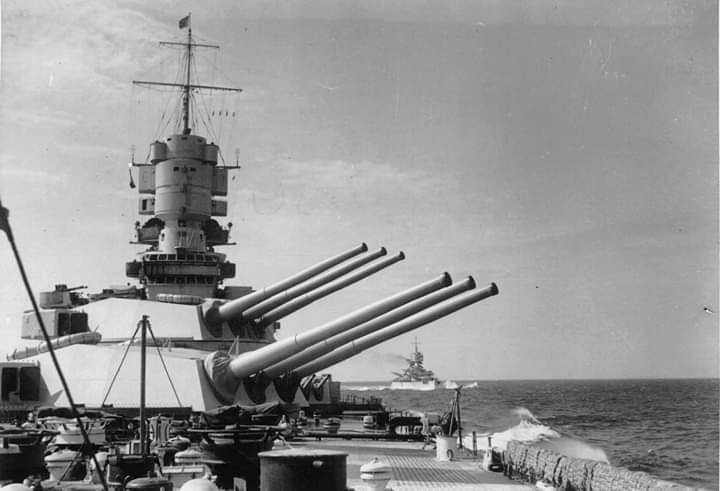

Recent Comments